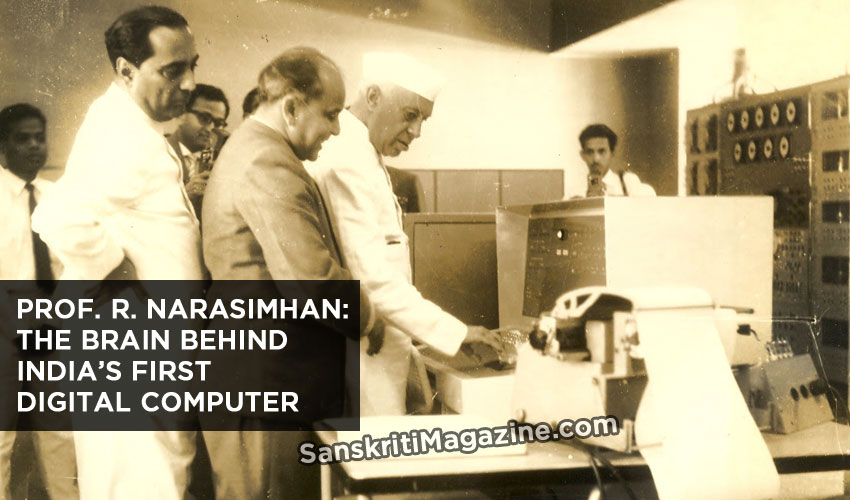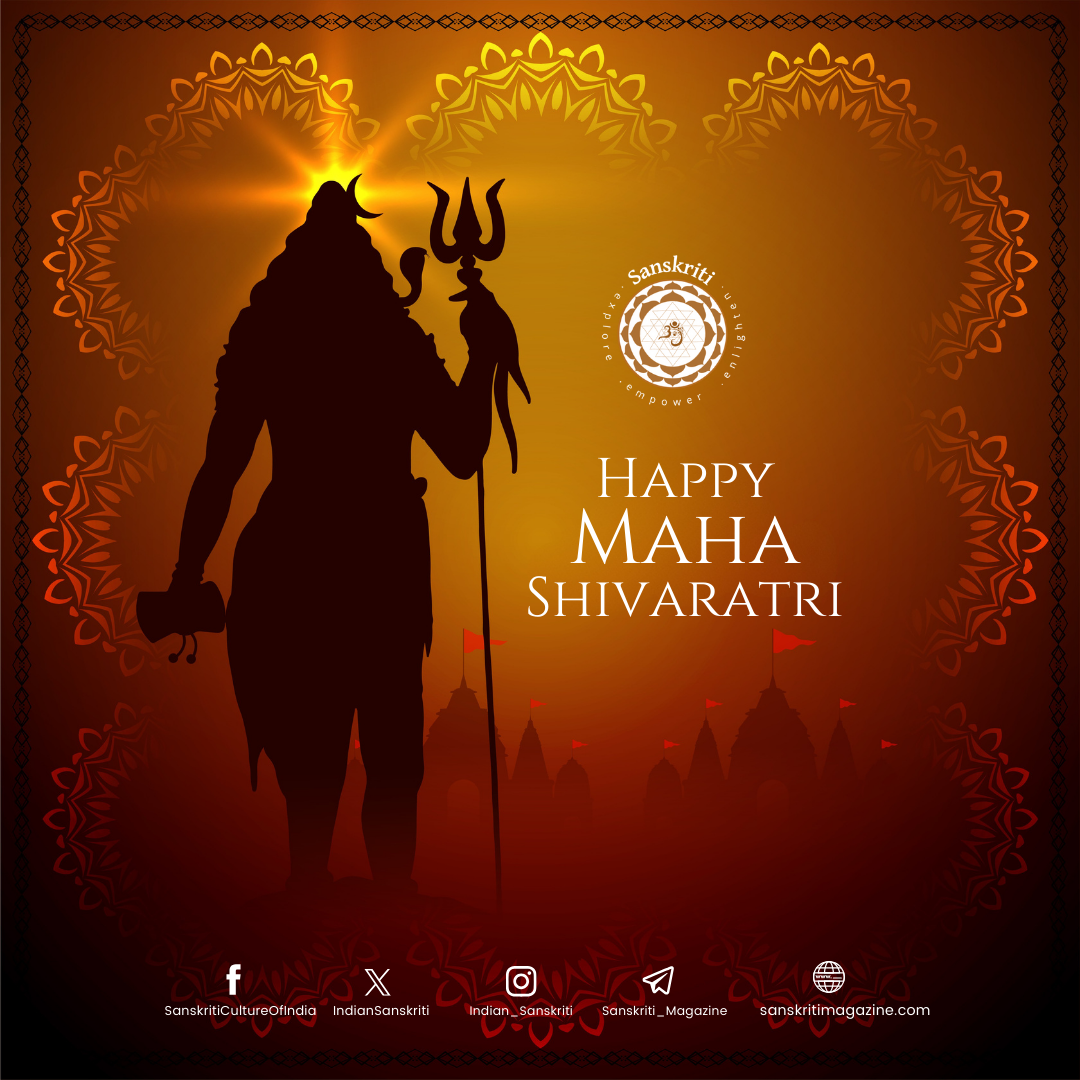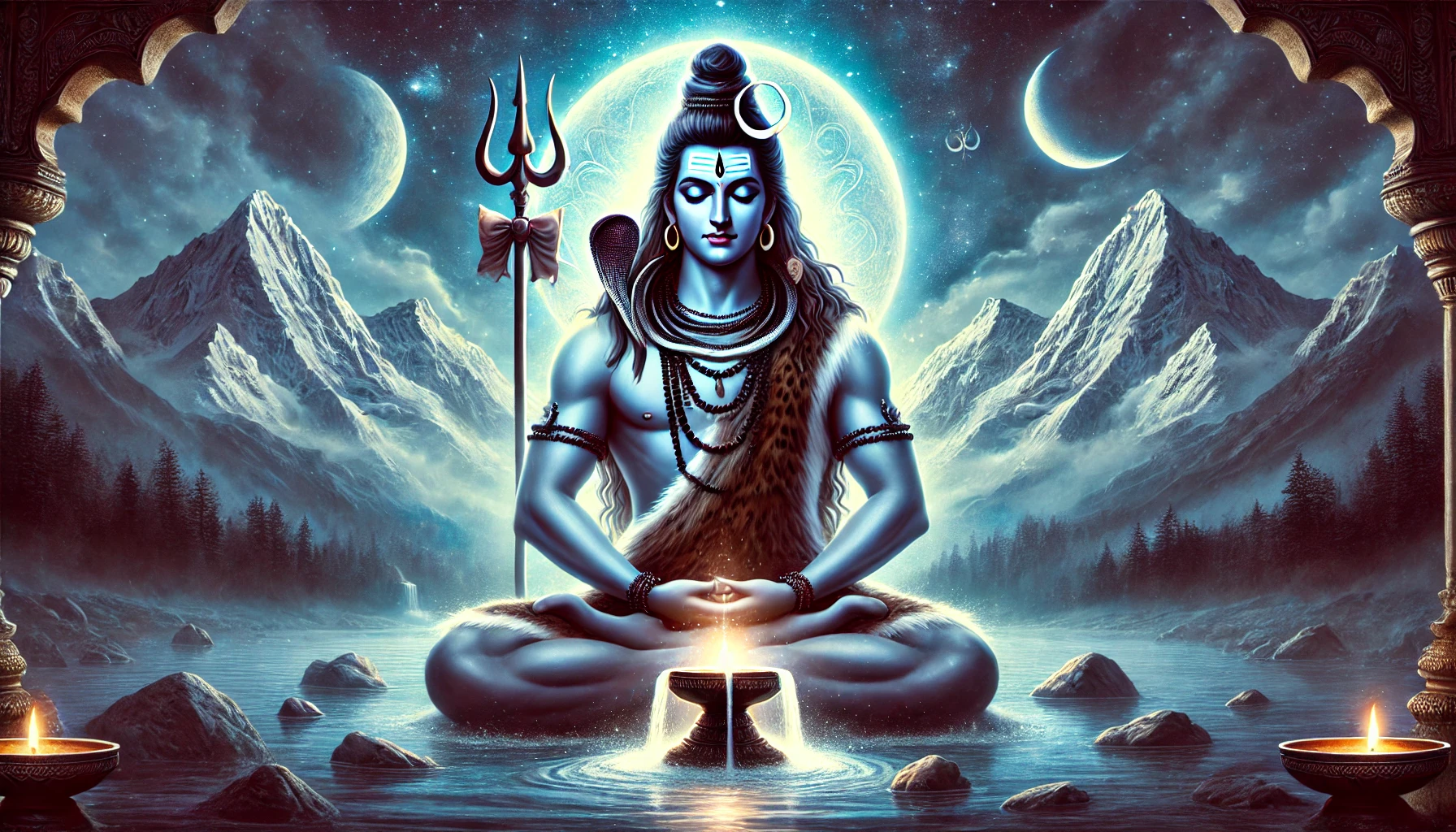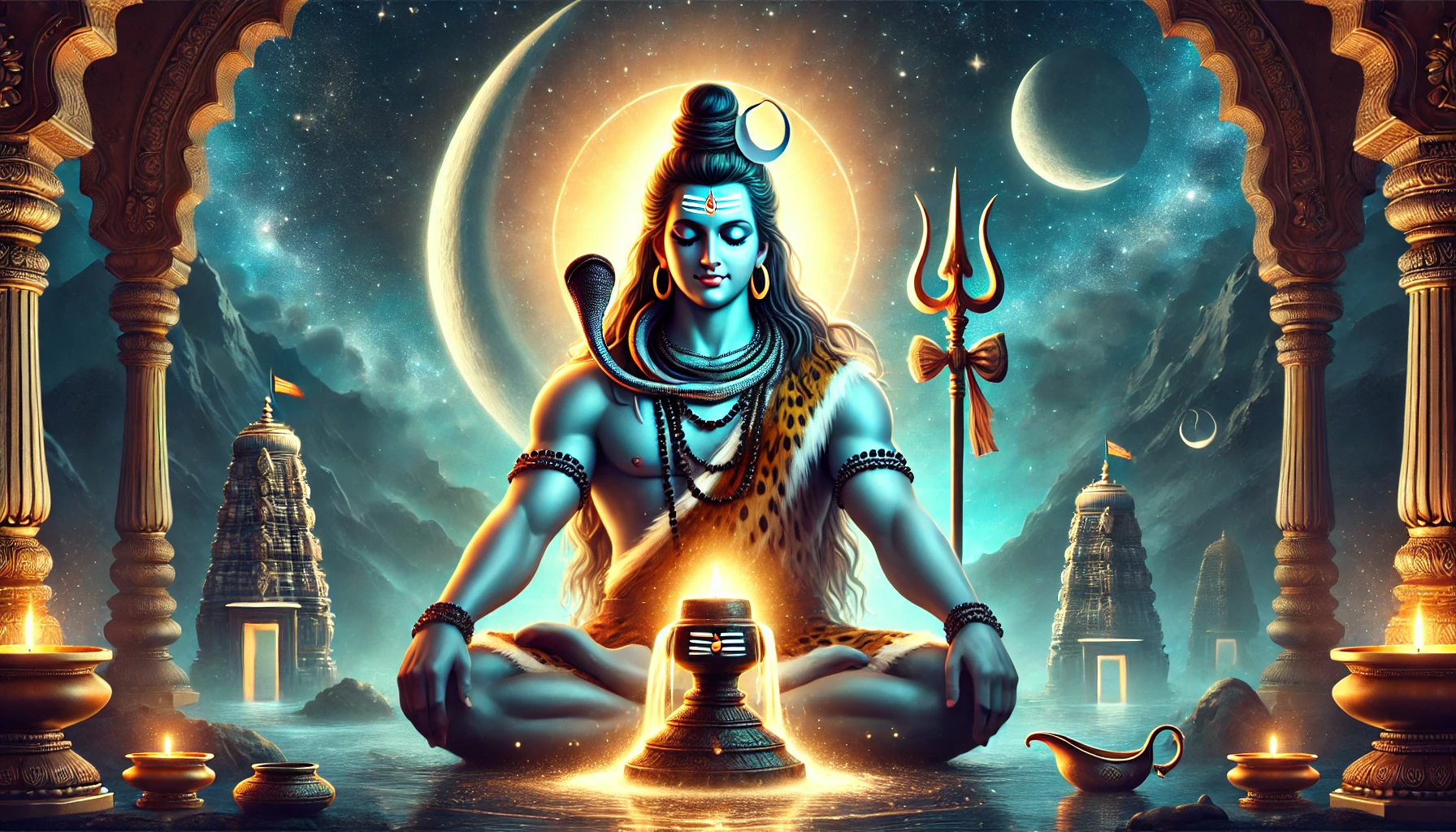Prof. R Narasimhan (1926-2007) often referred to as Bhisma of Computer Science and Technology in India made a significant contribution for the development of computer science education, research and technology in India in the early stages.
After obtaining a degree in Telecommunication Engineering from Madras University in 1947, he went to the U.S.A for post-graduate work receiving an MS in Electrical Engineering from California Institute of Technology, and subsequently, a Ph.D. in Mathematics from Indiana University.
He joined the Tata Institute of Fundamental Research (TIFR) Bombay, in 1954. He spent thirty-six years in TIFR retiring in 1990 as a Professor of Eminence. During the period 1954-1960, he lead a team that designed and built the Tata Institute of Fundamental Research Automatic Calculator (TIFRAC), the first electronic digital computer to become operational in India and used extensively by Scientists and Engineers. Dr. Narasimhan spent the major part of his academic life at TIFR, building up the institute’s Computer Science and Technology Lab.
Prof. R Narasimhan was instrumental in setting up the Computer Society of India and served as its first President. He also played a key role in the setting of then Computer Maintenance Corporation (CMC), which later became a full-fledged computer company under Prof. Narasimhan;s chairmanship. Under the leadership of Prof. R. Narasimhan, an autonomous unit, National Centre for Software Development and Computing Techniques (NCSDCT) was created within TIFR. Prof. Narasimhan was the Director of this unit. He served as an advisory to the Department of Electronics, Government of India in a variety of ways.
He made seminal contributions to Computer Technology and Pattern Recognition. He pioneered the work on Syntactic Pattern Recognition area. During the latter part of his career, he turned to applying system-theoretic concepts and techniques to the study of behavior and behavioral sciences and was deeply involved in the role of science and technology in socio-economic processing, modeling language behavior, role of science and technology on social change and technology policy issues.
Prof. Narasimhan was the Indian Representative on Council of International Federation for Information Processing (1975-86); Member, Scientific Advisory Council, Indo-French Centre for the Promotion of Advanced Research (1988-90).
Prof. Narasimhan was the recipient of following awards:
- Jawaharlal Nehru Fellowship (1971-73)
- Homi J. Bhabha Award (UGC) (1976)
- Om Prakash Bhasin Foundation Award (1988) and
- Padma Shri (1976)
He was the Fellow, Indian Academy of Sciences, Bangalore, Computer Society of India, and National Academy of Sciences, Allahabad.
~ Tata Institute of Fundamental Research











